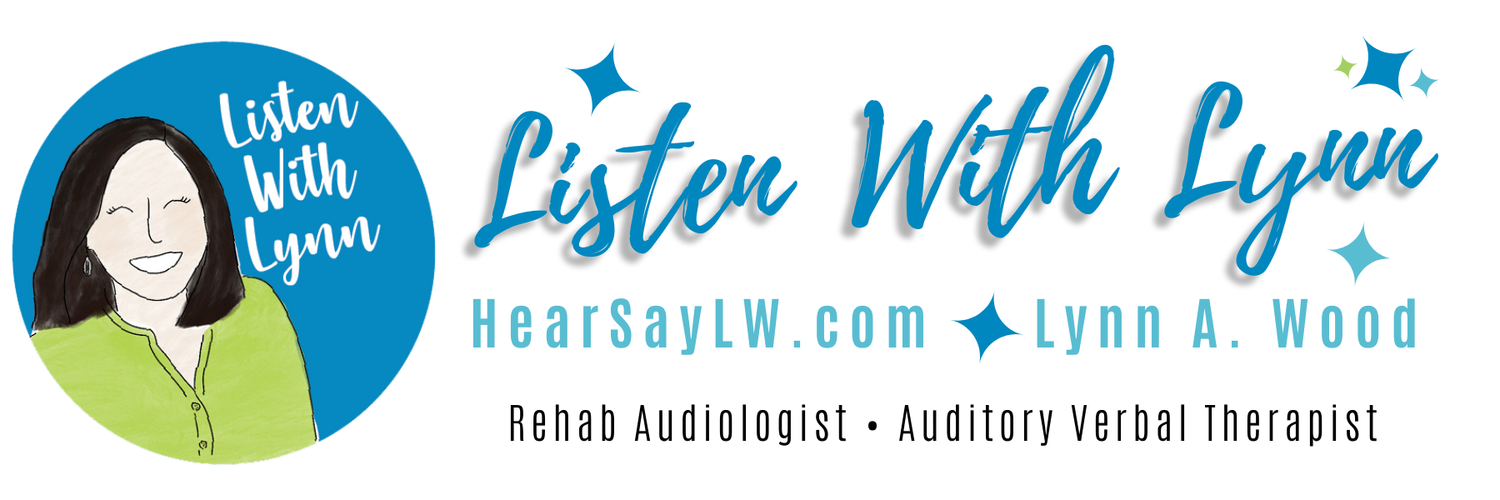 |
| Source |
This channel was created by Weingarten Children’s Center to empower the parents and educators of children with hearing loss to make music a way of life in their homes and schools. Each week will focus on a different song and offer one teaching tip geared towards listening and spoken language learners and one twist, giving you an outside the box way to play and learn with the song. Their goal is to post a new song for each week of the school year and encourage you to enhance your child's musical journey by subscribing to our channel and joining us regularly.
Weingarten Children’s Center (WCC), a non-profit organization, was established in 1967 by parents who believed that deaf and hard of hearing children could learn to listen and speak.For more information visit www.weingartencc.org
Week 1- Twinkle Twinkle Little Star
Tip- Purposeful pausing Twist- Piggybacking to sing about daily actions
Week 2: The Itsy Bitsy Spider
Tip- Play with singing the song using different volumes (loud, soft) Twist- Try using different location words for the spider
Click HERE for additional songs, tips and twists.



